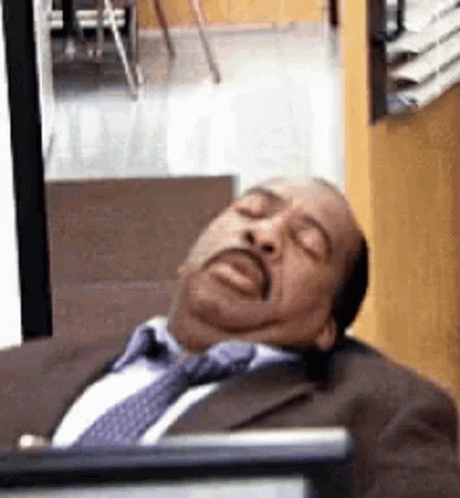Creative Problem-Solving Techniques
Proven tricks of the trade for solving advanced problems creatively.

Solving problems isn't always as straightforward as we'd like it to be. Sometimes, it feels like we need a sprinkle of fairy dust or a miracle to get the job done. But before you start wishing for a magic wand, let's explore the realm of creative problem-solving techniques that can transform complex dilemmas into manageable puzzles.
🔑 Key Takeaways 🔑
- Creative problem-solving leverages imagination, critical thinking, and analytical skills.
- The brain's default mode network (DMN) is crucial for creative problem-solving.
- Techniques such as brainstorming, mind mapping, and SCAMPER foster creativity.
- Emotions, sleep, and divergent thinking significantly influence problem-solving abilities.
- Methods like the Six Thinking Hats and Design Thinking offer structured approaches to innovation.
Understanding Creative Problem-Solving
Creative problem-solving is like being a detective in a mystery novel, where your brain is your best tool. It requires engaging different cognitive processes, including the brain’s default mode network (DMN), which is our mental superhero when we’re daydreaming or pondering life's great mysteries. Who knew that zoning out could actually be productive?
Fascinating Facts About Creative Problem-Solving
- The Brain's Default Mode Network: This isn't just your brain on idle. The DMN lights up when you're reflecting on the past or considering the future, setting the stage for creative insights.
- The Power of Incubation: Ever had an "aha!" moment in the shower? That's incubation—letting ideas simmer in your subconscious until brilliance strikes.
- The Importance of Divergent Thinking: If convergent thinking is the methodical detective, then divergent thinking is the quirky sidekick, tossing out wild possibilities that might just crack the case.
- The Role of Emotions: Emotions color our thoughts, and sometimes, they add the right shade of creativity needed to solve a problem.
- The Impact of Sleep: Turns out, getting your beauty sleep is also great for boosting problem-solving prowess by consolidating memories and enhancing creativity.

Unleashing Creative Problem-Solving Techniques
Now that we've whetted your appetite with some brainy facts, let's dive into practical techniques that can help you channel your inner creative genius.
Brainstorming
Gather your team and unleash a torrent of ideas. Brainstorming is all about quantity over quality—at least initially. You can sift through the nonsense later to find the nuggets of gold. Consider integrating collaborative problem-solving techniques to enhance this process.
Mind Mapping
For those who think in technicolor, mind mapping is your canvas. It’s a visual feast that helps organize and interconnect ideas, making even the most tangled problems look like works of art. When tackling complex issues, it might be beneficial to break down complex problems into smaller, manageable pieces.
SCAMPER
This acronym stands for Substitute, Combine, Adapt, Modify, Put to another use, Eliminate, and Rearrange. It’s like playing with Lego blocks—except you’re building solutions instead of castles.
Reverse Brainstorming
Flip the script by thinking of what won't work. Sometimes, identifying pitfalls can lead you straight to the path of success. This technique can pair well with root cause analysis to ensure solutions are addressing the true problem.
Six Thinking Hats
Don your metaphorical hats to explore problems from various angles—be it facts, emotions, caution, benefits, creativity, or process. Each hat offers a unique perspective that can collectively guide you to a well-rounded solution.
Design Thinking
This approach is all about empathy and iteration. Walk a mile in your users' shoes, define their problems, brainstorm solutions, and test prototypes until you get it right. Design patterns can often provide a useful framework within this process.
Lateral Thinking
Channel your inner rebel and think outside the box. Break free from traditional patterns to discover innovative solutions. In situations where time is critical, balancing speed vs. accuracy can be crucial.
Free Writing
Let your thoughts flow onto paper without censoring them. Free writing can reveal hidden ideas lurking in the recesses of your mind.
Mindful Problem-Solving
Be present, focus on the problem, and engage fully. Mindfulness can sharpen your insights and lead to clearer solutions, especially when handling uncertainty.
The Five Whys
Ask "why" not once, not twice, but five times. It’s an inquisitive technique that digs deep to unearth the root cause of a problem.
Conclusion
Creative problem-solving isn’t just about finding answers; it’s an art form that combines analytical rigor with imaginative flair. By understanding how our brains work and leveraging techniques like brainstorming, mind mapping, and SCAMPER, we can tackle even the most daunting challenges. So, the next time you’re faced with a problem, put on your creative cap and let the magic unfold.
And remember, if all else fails, a nap might just be the creative boost you need.




